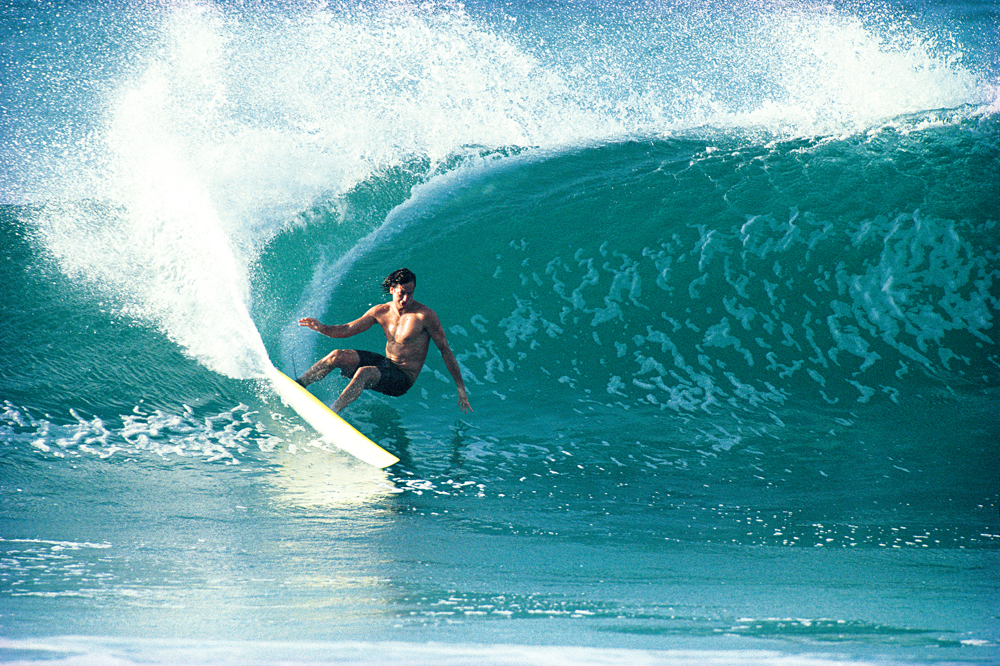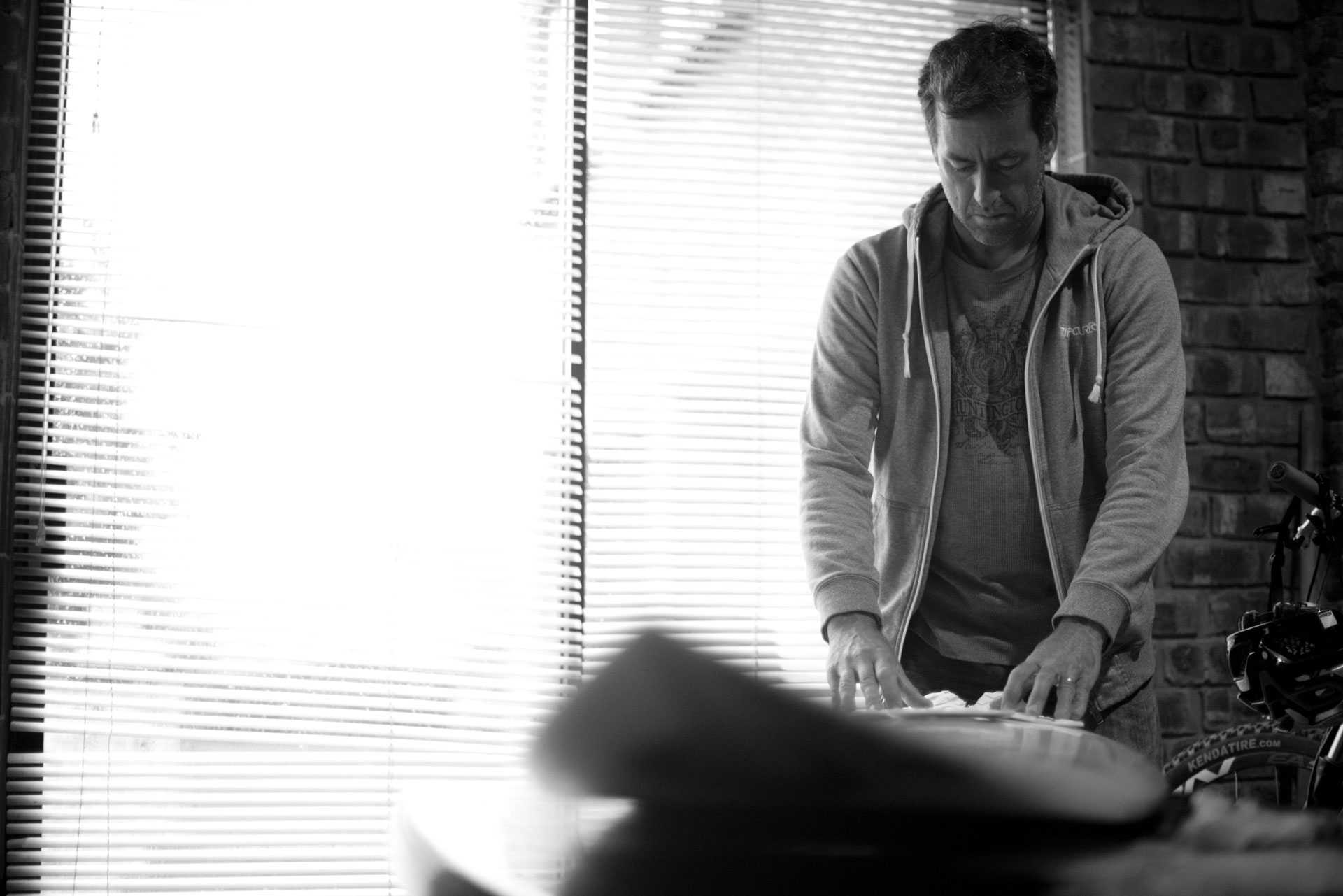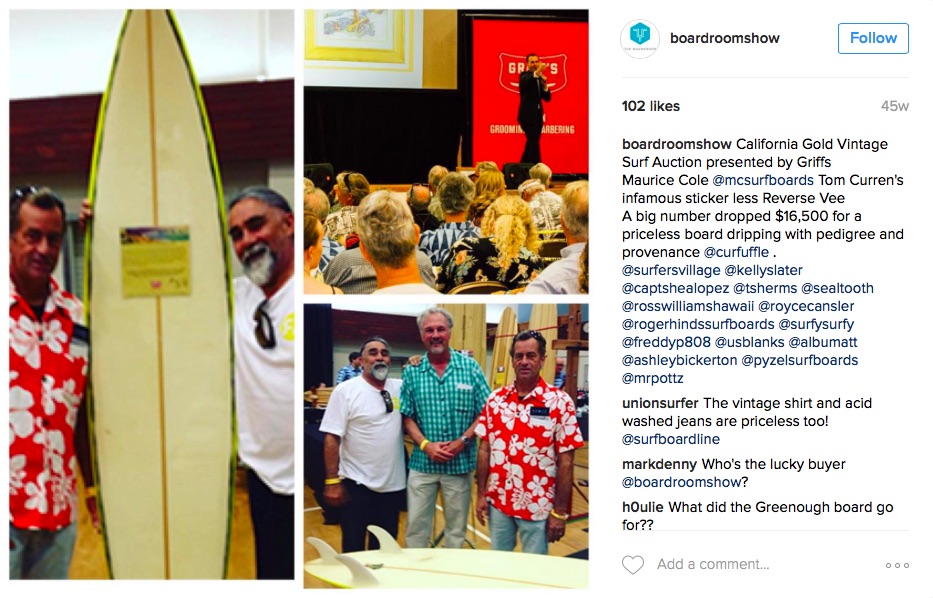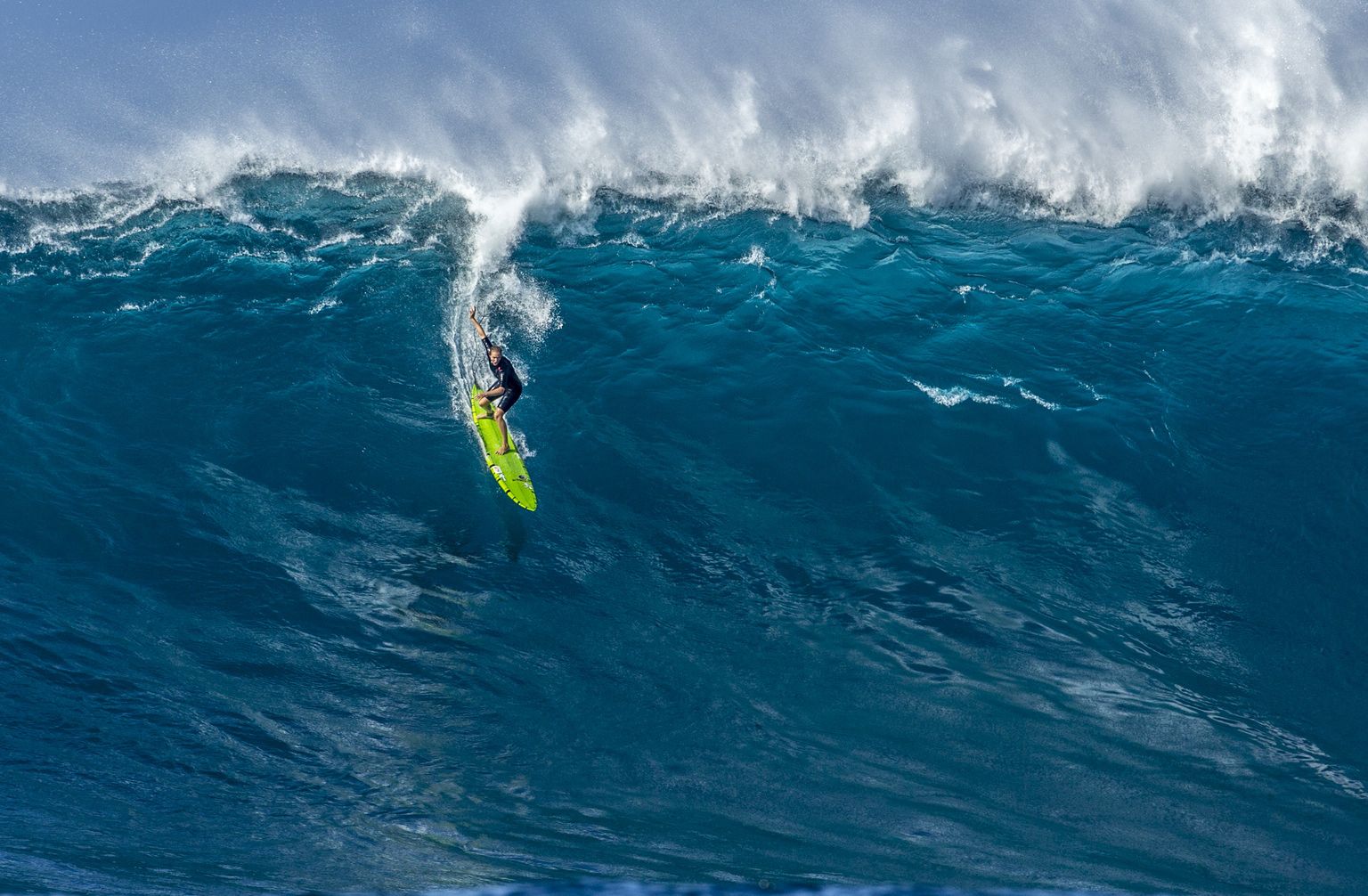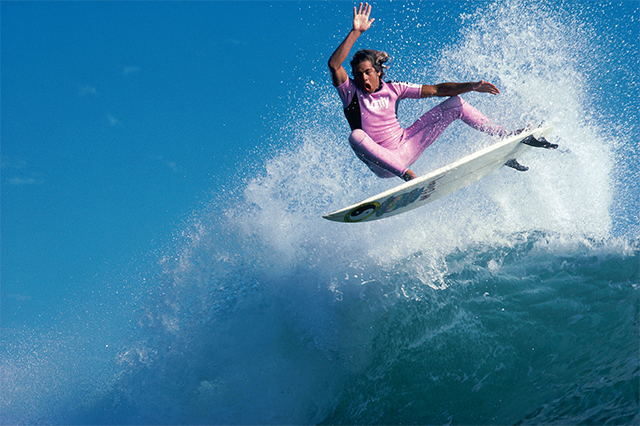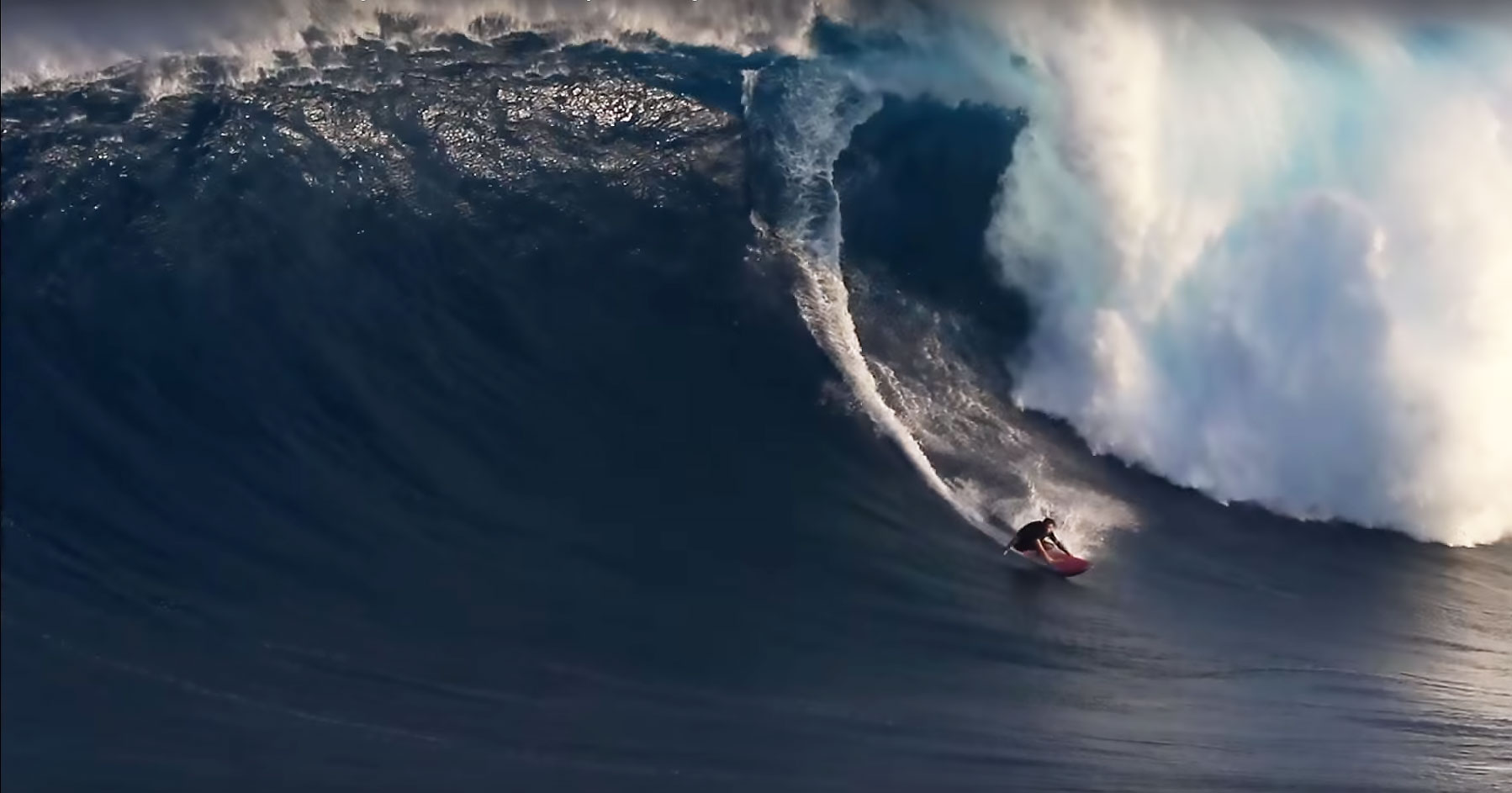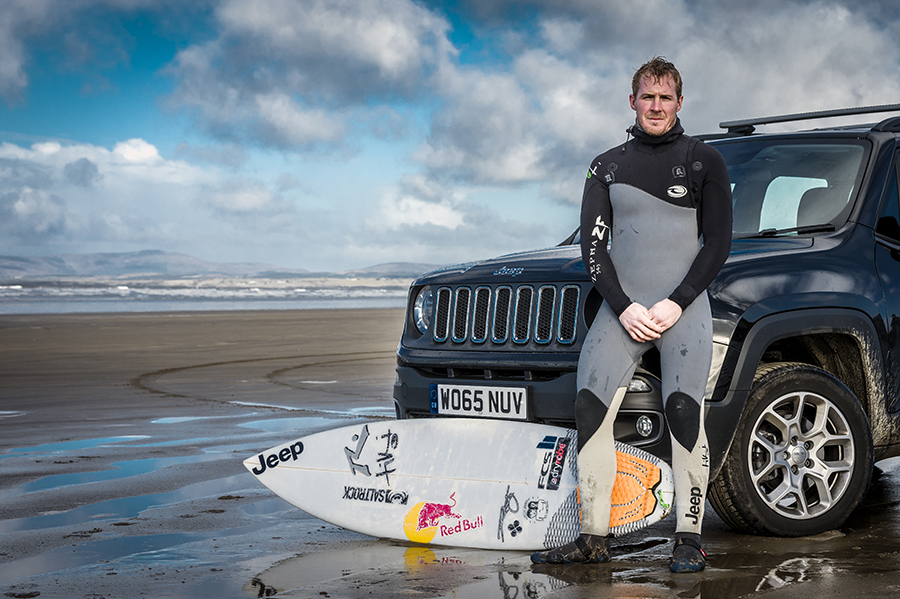We’ve teamed up with Jeep, who are celebrating their 75th anniversary this year, to shine a spotlight on some of the ultimate renegades from the world of action sports – past, present and future. Tom Curren’s name will be familiar to anyone with even a passing interest in surfing. Yet despite his many years in the limelight, there is still an air of mystery about the man. Beyond his habit of winning every contest he entered and his unimpeachable style, few people know really much about him. Which, Billy Wilson believes, is exactly how he’d want it.
It was November of 1991, the world tour was gathered on the North Shore of Oahu, and Tom Curren, not for the first time in his career, was causing a stir.
For a start, he had turned up at Haleiwa for the first event of the winter with a quiver of blank surfboards bearing no logos. He then proceeded to surf them brilliantly, even by his own high standards. Curren won the contest, and several days later was photographed at Backdoor burying the length of his 7’8” pintail’s yellow rail, halfway through a truly heroic cutback. Many have declared the resultant image to be the greatest surf photo of all time.
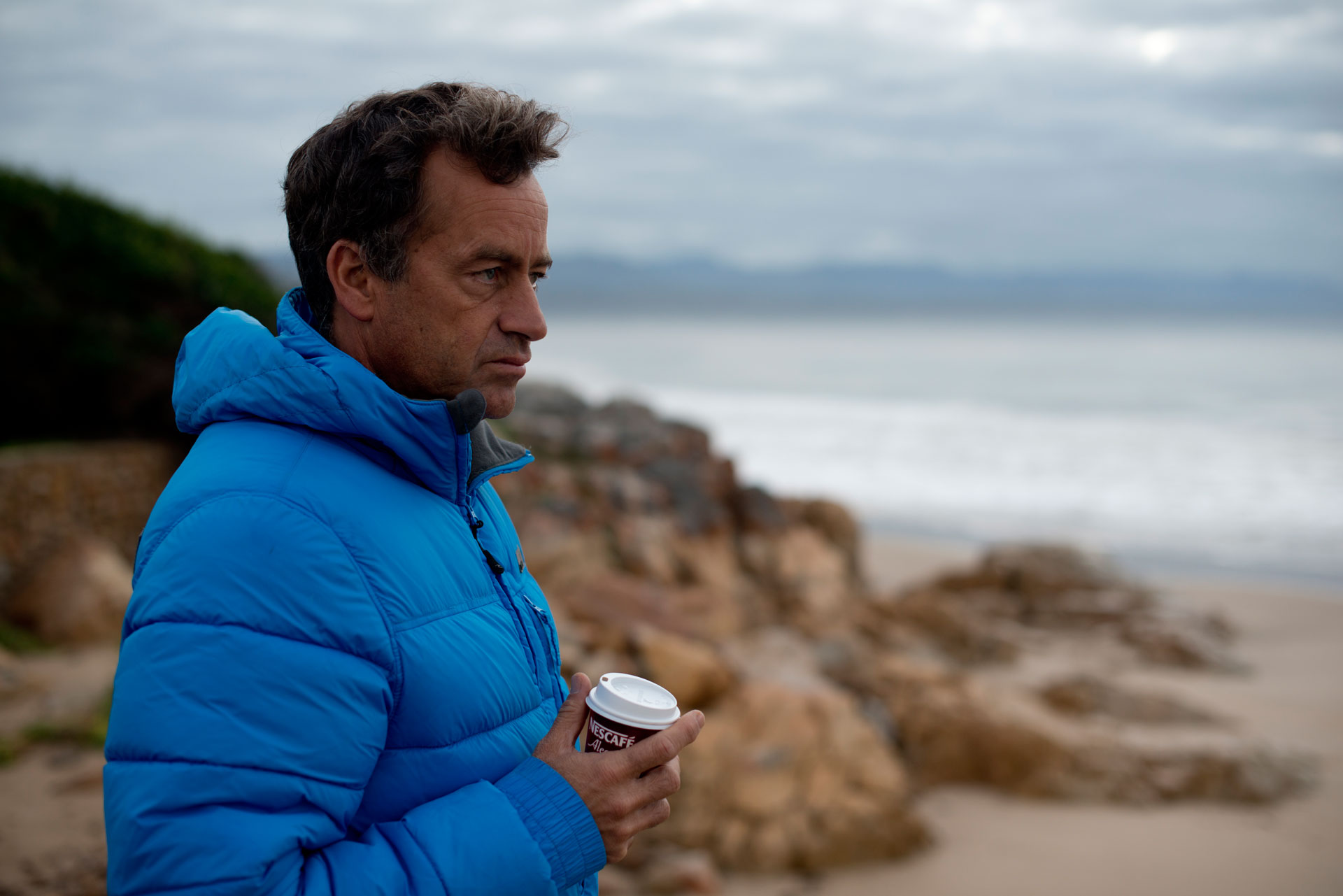
Quite why the reigning world champion’s surfboards, shaped by Australian maverick Maurice Cole, had no logos on them wasn’t entirely clear. Perhaps Curren was fed up of his surfboards doubling up as billboards, or perhaps, as he later claimed, he had been having “a hard time finding stickers”. Perhaps he had forgotten about stickers altogether. The Californian was certainly absent-minded, and so intensely focussed on surfing that more prosaic considerations often failed to compute.
“There are millions of stories of Tom leaving uncashed contest checks under car seats, getting on planes but not arriving at the destination, walking off of photo shoots after someone’s flown around the world to shoot him,” wrote Kelly Slater in Surfer magazine’s recent countdown of the 50 greatest surfers of all time, in which Curren placed third.
